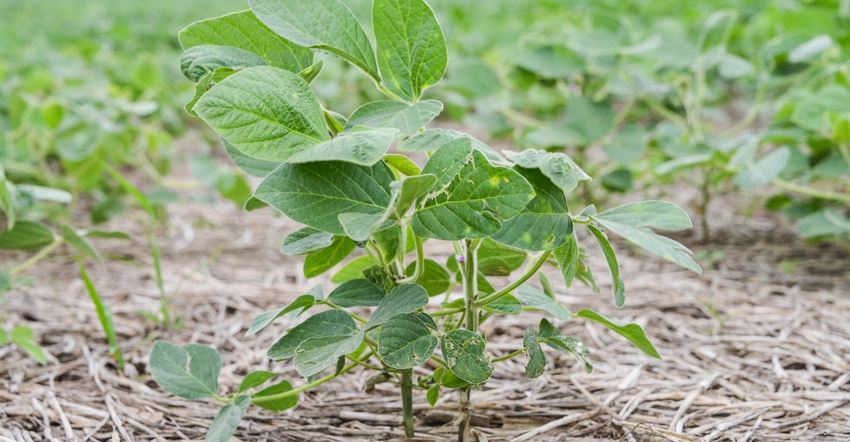November 2, 2018

By Steve Werblow
On his farm near Chapin, Ill., Andy Shireman believes in cover crops for erosion control, soil building and capturing nutrients that can be used by his cash crops.
He also knows they don’t have to be a huge expense. Shireman farms about 2,400 acres and sells cover crop seed.
“You have to be smart the way you do it,” he says. “Try to do things yourself. Try to get seed at a good price — you can get down to $5 or $6 an acre. Own the drill. Find a neighbor who wants to do it, too. All it takes is an old drill. It doesn’t take anything specific to put these things on.”
Pencil out the benefits and then work back to how much you want to invest in the cover crops. Shireman points out that he’s seen a 5- to 7-bushel boost in soybean yields after cereal rye, and his corn yields have stayed level. He’s also saved money on residual herbicides by choking out weeds with his cover crops. And field prep costs have plummeted since he has minimized erosion.
“I don’t have to worry so much about getting my field prepped,” he says. “There are no ditches out there. I don’t have to run a bunch of equipment around. I’m ready.”
Termination
Shireman says cereal rye works best for his area, where it establishes quickly and endures the central Illinois winters while remaining pretty easy to terminate in the spring with 44 ounces of glyphosate per acre. That’s important, because the timing of termination can make a big difference in how much of the nutrients captured over the winter by the cover crop can be used by the next cash crop.
“I think if you let your cereal rye get pretty tall and rank, you’re not getting any benefit from what that cereal rye has taken up until next year,” he explains. “I usually let my cereal rye get 3 or 4 feet tall ahead of beans. The beans don’t need that early fertilizer. When I let it get big and rank, it will be releasing those nutrients for my corn. Come fall, there’s no residue out there when I’m harvesting. It’s all been put back in the soil.
“If it’s ahead of corn, I just let it get 6 to 10 inches tall,” he says. “Otherwise it takes too much nutrient from the corn, and the corn struggles early.”
Werblow writes from Oregon.
You May Also Like




